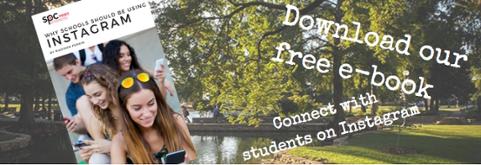Is There a Difference in Reading Comprehension?
Is there a difference between reading words typed on a screen and those on a printed page, beyond the disparity in material form? If so, how does this affect the way our brains process the information we read? Surprisingly, these are not new questions, though they are more relevant than ever as technology allows us more and more options with which to consume books, newspapers, and magazines. In fact, more than a hundred experiments have been conducted since the 1980s to measure how our reading speed and comprehension changes with the digital medium. While the difference has grown slightly less pronounced now than it was thirty years ago, contemporary studies mirror older ones in reporting slower, less attentive, and less comprehensive reading on screens.
For example, a 2013 experiment at University of Stavanger in Norway asked 10th grade volunteers to read a text, later taking an open-book test on it. Half of the students were given the material on an e-reader, while the other half received a physical copy. Those who read on the screen performed significantly poorer, as they seemed to have trouble locating the relevant passages of the book. This year, a similar study at West Chester University found that middle schoolers given e-readers would find ways to play games on their devices instead of reading, which unsurprisingly hindered their concentration.
A 2011 survey of National Taiwan University graduates found that students typically evaluate their research articles online for a few paragraphs, then print them out to get a closer look. In the US, college students consistently report that that printed textbooks are more effective than electronic ones. The trend never caught on as expected, and neurologists have been wondering why the overwhelming preference is still for print.
Download our free e-book: Why Schools Should Be Using Instagram
Research on the topic suggests that while we think of reading as an experience that occurs solely in the brain, our mind interprets text as part of the tangible world. This means we see letters as physical objects, recognizable by shape. Text in a printed book acts as a type of physical landscape; when locating a passage we often remember approximately where on the page a certain phrase appears. A book’s eight corners and two distinct sides, as well as the weight of each page, make it easier to form the “mental map” of whatever is being read, as opposed to the endless stream of words offered by screens. By contrast, e-readers don’t let you skip ahead or backwards on a whim, never mind highlight or take notes, so readers feel less in-control.
Despite the disparity in comprehension, digital reading isn’t going anywhere. Scientists today suggest that reading on screens and on paper could happily coexist as separate entities, appropriate for different purposes.






Leave a Reply